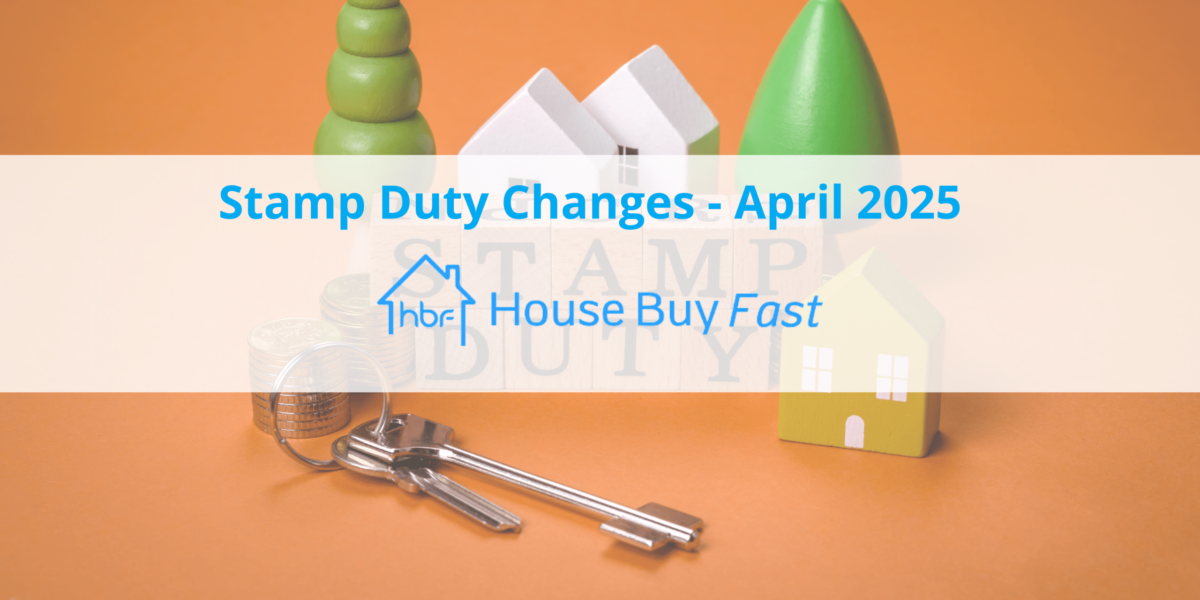From 1 April 2025, several important property law and tax changes will affect buyers, landlords, and investors in the UK. These changes could significantly affect your financial plans, so it’s essential to understand what’s coming and how to prepare.
One of the main areas affected is Stamp Duty Land Tax (SDLT). On 1 April, the temporary SDLT thresholds introduced in 2022 will end. For home movers, this means the threshold for paying stamp duty will drop back to £125,000, down from the current £250,000. If you buy a home priced above £125,000 after this date, stamp duty will be due. For example, buying a property worth £295,000 will result in stamp duty charges totalling £4,750.
First-time buyers will also face changes. The tax-free threshold reduces from £425,000 to £300,000. Homes priced between £300,001 and £500,000 will be taxed at 5%. For example, a first-time buyer purchasing a £400,000 property will pay £5,000 in stamp duty.
Buy-to-let investors and those buying second homes will face higher costs too. The surcharge on additional properties will rise from 3% to 5%. This makes investing in property more expensive from April onwards.
SDLT Thresholds from 1 April 2025
Although no immediate changes are confirmed for Capital Gains Tax (CGT), property owners selling residential property should still pay close attention. Selling property can incur significant tax liabilities, and planning in advance can help reduce your tax bill. Seeking professional advice is advisable to explore possible tax reliefs or exemptions.
Inheritance tax will also see major changes affecting business and agricultural estates. Starting from April 2026, inheritance tax relief will be capped at £1 million for estates passed down to family members. After this, the relief drops from 100% to 50%, impacting many family-owned businesses and farms. This change could affect jobs and family inheritance significantly, making it crucial for families to review their estate planning.
The introduction of the Renters’ Rights Act in 2025 will reshape renting in the UK. Fixed-term tenancy agreements will end, replaced by rolling monthly contracts. Landlords will no longer be able to evict tenants without specific legal grounds, known as the abolition of Section 21 evictions. Additionally, rent payments will need to be monthly, and rent increases will have to follow formal procedures under Section 13 notices. These changes aim to give renters more stability and clarity in their living arrangements.
Another significant update involves leasehold and freehold properties. Under the new Leasehold and Freehold Reform Act 2024, from 31 January 2025, leaseholders no longer have to wait two years after buying a property before extending their lease or buying the freehold. Also, new regulations will simplify the process for leaseholders wishing to manage their properties directly. These changes provide greater control and flexibility to leaseholders.
Additionally, the special tax treatment for Furnished Holiday Lettings (FHL) will be abolished from April 2025. Currently, holiday-let owners enjoy advantages like full mortgage interest deductions, capital allowances, and favourable capital gains tax reliefs. From April, these benefits will end, potentially making holiday lets less profitable.
To effectively handle these upcoming property changes, it’s recommended to carefully review your current property plans, consider completing any planned transactions before the new rules take effect, and consult with property and tax professionals for tailored advice. Early preparation could save you significant money and stress.
| Buyer Type | Previous Threshold | New Threshold | SDLT Rate Above Threshold |
|---|---|---|---|
| Home Movers | £250,000 | £125,000 | 2% up to £250,000, then 5% |
| First-Time Buyers | £425,000 | £300,000 | 5% (between £300,001-£500,000) |
| Additional Properties | 3% surcharge | 5% surcharge | Standard SDLT rates plus surcharge |
